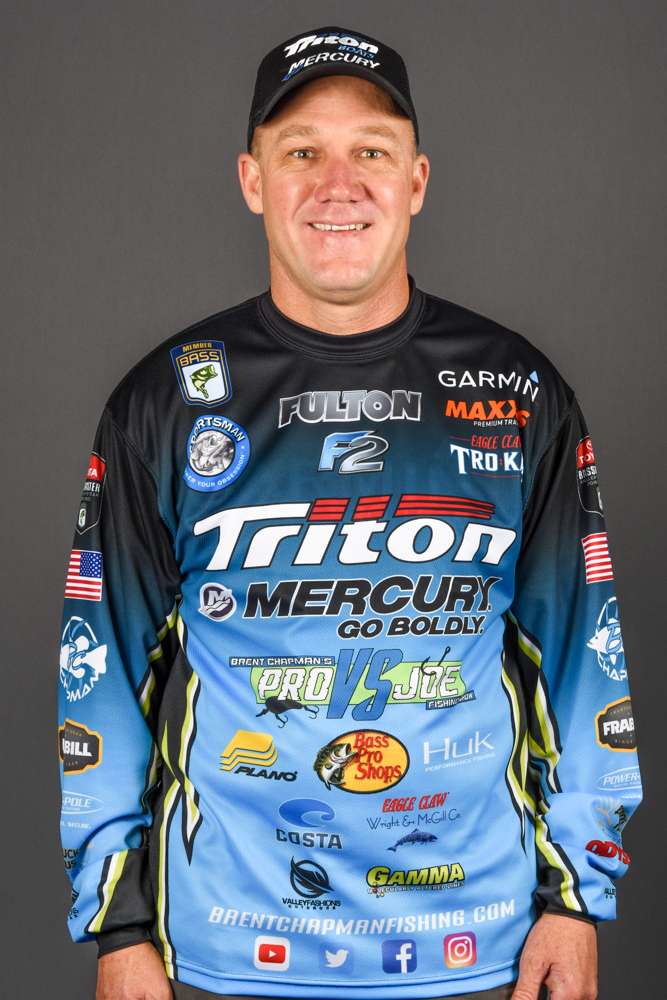Pardon my borrowing a classic title from literature for this week's column, but that's exactly the way I felt after my trip through Texas. To borrow a little more from Charles Dickens and his great novel, it was the best of fishing, it was the worst of fishing. Yet, like always, someone's going to win and a big congratulations to Todd Faircloth and Keith Combs for getting it done in Texas.
Let me start by saying that although Orange was extremely tough fishing, it was still a great event. The crowds were incredible and mixing a tough event like that into the schedule every once in a while is probably good for the sport.
The differences in the two events is as vast as any two back-to-back events that I have ever fished. At the Sabine River in Orange, Texas, we were just looking to get bites. Only days later and a short drive away, bites weren't that hard to come by, but in order to compete just any bite wasn't going to do. At Falcon we had to find big fish bites, fish that would be solid kicker fish just about anywhere else in the country were cull fish there.
Geographically there were major differences, as well. On the Sabine, we could run for hours and hours in any direction, while Falcon is a lot more confined. There were some anglers fishing in close proximity to the launch site on the Sabine, but with the water down at Falcon, just about every angler had several others within close proximity.
Then there is the obvious: Catch a little over 12 pounds a day on the Sabine and you win; with 12 pounds a day on Falcon, you finish in 92nd place.
Which brings me to this week's tip: Know the fishery and approximately what it's going to take to win an event.
By knowing that 12 pounds a day was going to be good at the Sabine River, I was able to practice looking for bites, not big fish. If we were to practice for an event like Falcon looking for bites instead of big fish, it wouldn't pan out very well. In order to really practice and put yourself in position to do well in a tournament, you need to know what kind of fish you are looking for.
It's not always so black and white as the Sabine and Falcon, but even knowing that you'll need 15 pounds and not 12 pounds can make a big difference. As with just about anything, it helps to understand what you are looking for before you begin looking for it.
Before I wrap up this column, I want to touch on two more things. The first is a new sponsor of mine, Livingston Lures. I had the chance to get together with Randy Howell, Jeff Kriet, Hank Cherry and the executives from Livingston Lures last week near their headquarters in San Antonio. I've been fishing for over two decades, and I work with some amazing companies, but it's a breath of fresh air to see a company that has had huge success in other industries jump into bass fishing with both feet, like Livingston has. As enthusiastic as I am about them, I think they are even more enthusiastic about us and fishing in general.
The second and last thing I'm going to mention is about Elite Series rookie Hank Cherry. After spending time with Hank last week, I have to say I was very impressed with Hank's expertise. While it's nice to see so-called "rookies" with that kind of knowledge, it also reminds me that there's no opportunity to take my foot off the gas pedal. I expect Hank to have a great career, and I look forward to competing with him for many years to come. He's going to be a good one.

